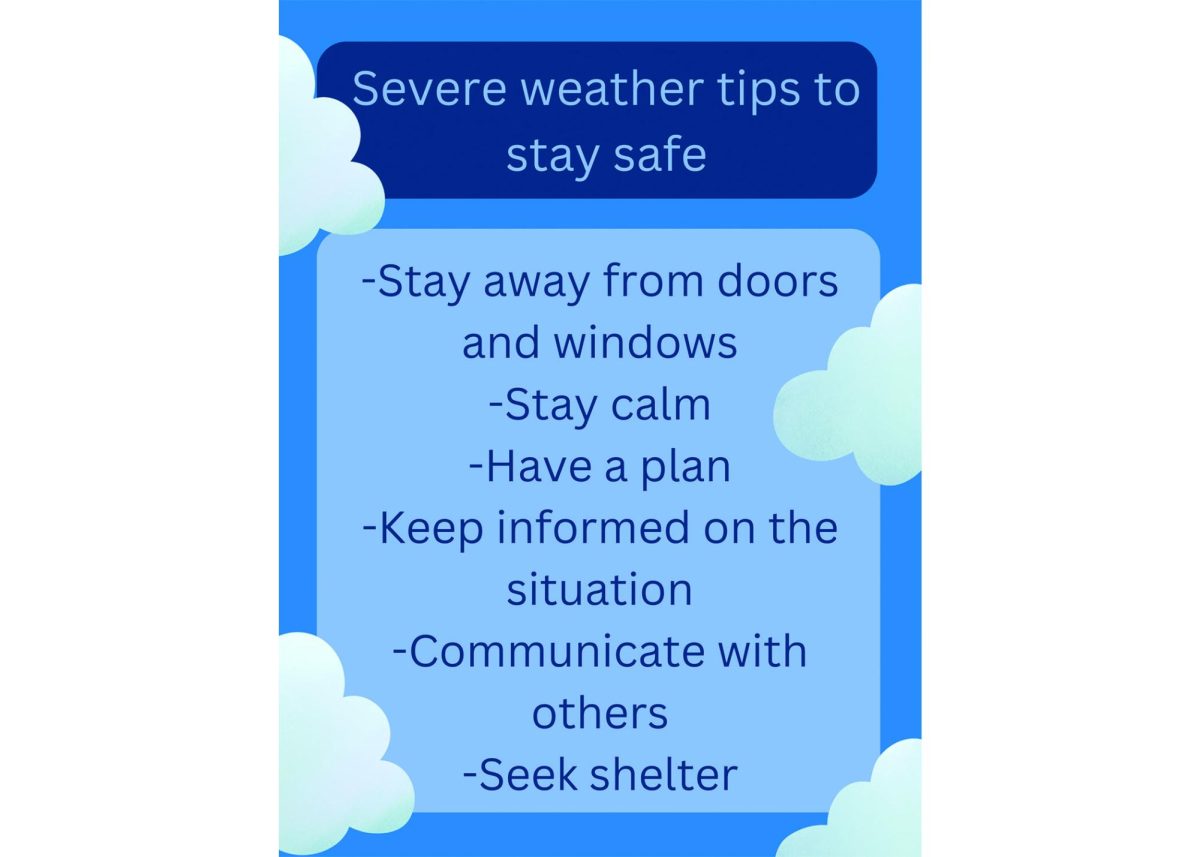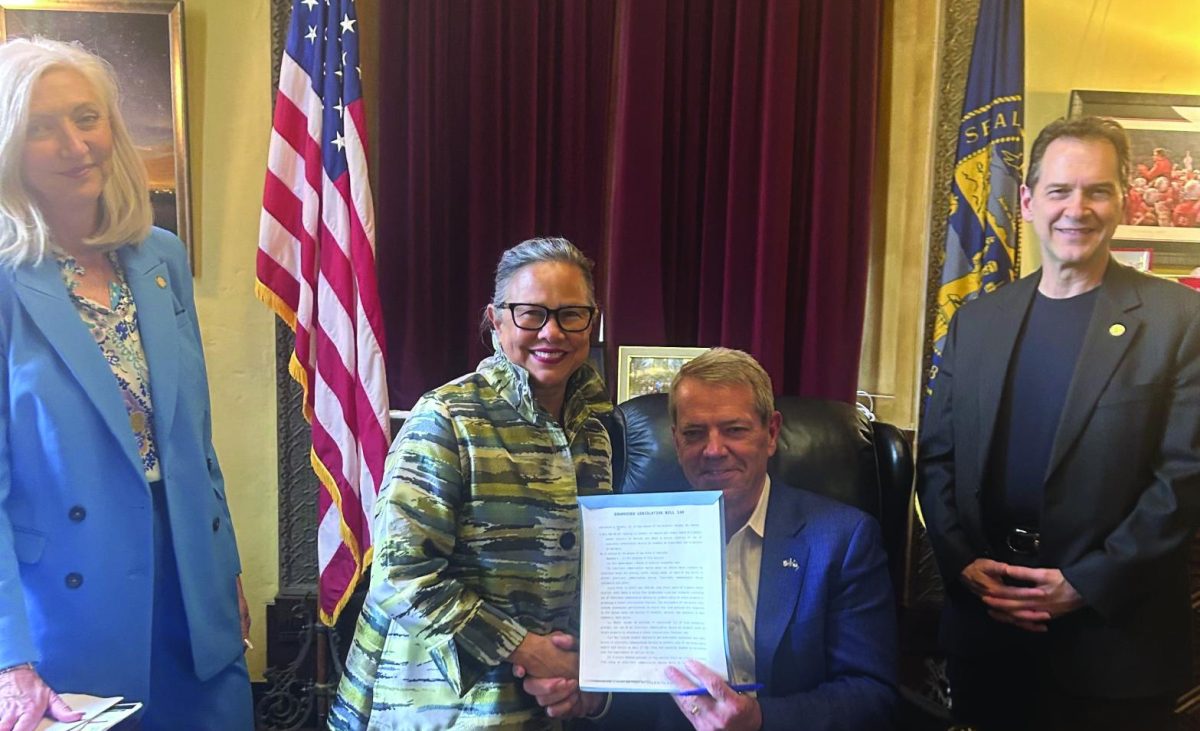The basement was supposed to be the safest place, but for LSE junior, Kayjah Green, it was the setting of a newfound nightmare.
On a stormy night in 2016, rain pounded above her as she slept in her basement hiding from the weather, a tornado siren blared in the distance. The noise roused Green from sleep, when suddenly, a basement window shattered, giving way to a torrent of water which surged in, freezing, relentless, and unexpected.
“I remember just feeling something wet on my face… there was water everywhere,” Green said. In mere seconds her home was flooding. Her 6 month-old sister was screaming, and her mother was desperately trying to swim to the other side of the room. As Green tried to escape, her ankle got stuck in the stair railing. Regardless of her panic, the water kept rising higher. The fire department was called in but it took them about 15 minutes to cut the railing trapping Green’s ankle, which left a permanent dent in her leg to this day.
For Green, that experience changed how she views storms and the importance of preparing for them.
Severe weather is a phenomenon that can be highly ignored by many, especially in the Midwest. With Nebraska’s unpredictable weather patterns and high risk of weather events like tornadoes, both students and schools have to be ready for the fact that going into this season, disaster can strike at any time.
LPS Security Coordinator, Kyle Poore, plays a major role in preparing students, staff, and families for severe weather.
“We have an incident response guide for our administrators and how they should respond during severe weather conditions, but generally speaking we just ask our staff and students to follow our general shelter guidelines,” Poore said.
Protocols are posted publicly on the LPS website, and communication is sent to families during drills to keep them informed on the situation.
Poore also believes LPS schools are well-prepared in severe weather events, especially with the tornado last year that hit during school hours putting the shelter protocols to test, showing they work.
“Last April’s tornado showed our protocols work,” Poore said. “We have made a couple changes since last April, including pre-messaging our families/schools when we are in a tornado watch and reminding them our expectations if we enter the Shelter protocol. We also work closely with LPS Operations and the Lancaster County Emergency Management to ensure we are following best practices around our schools.”
Still, there are some areas to improve in. “ Parts of the building that don’t have WIFI or cell services rely on the leadership for the district on when to go into and come out of the Shelter protocol. We have a new system in place to hopefully handle that communication better this year,” Poore said.
As we enter tornado season it is important to be aware of these situations and stay informed of what is going on in the community. Just following simple advice could be the difference from staying safe to being put in great danger in these events.
“Stay away from the windows, which is an obvious one. You’re going to be nervous, but just try to just breathe. And just be with people that you know keep you safe,” Green said.
Poore also provides insight on how at school as well, you can stay safe during any severe weather by following the already structured shelter plans that have already been set in place by the district.
“When we are at school, we have a plan, so the best thing is to follow the adult directions as they execute the plan.” Poore said. “Know we have people in our district who are working everyday to make sure we have good plans to keep staff and students safe, from the classrooms to the district office. The ultimate goal is to give our staff and students a safe learning space.”








